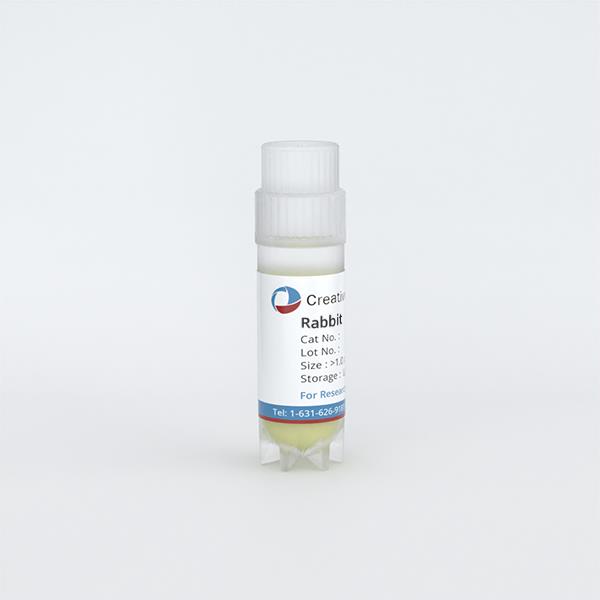
Rabbit Esophageal Fibroblasts
Cat.No.: CSC-C5268S
Species: Rabbit
Source: Esophagus
Cell Type: Fibroblast
- Specification
- Q & A
- Customer Review
Cat.No.
CSC-C5268S
Description
The esophagus is the muscular tube that carries food and liquids from mouth to the stomach. Esophageal fibroblasts (EFs) line the lamina propria of the upper and lower esophagus.The EFs are mesenchymal cells derived from the embryonic mesoderm.
Rabbit esophageal fibroblasts from Creative Bioarray are isolated from the rabbit esophageal tissue.The method we use to isolate rabbit esophageal fibroblasts was developed based on a combination of established and our proprietary methods. The rabbit esophageal fibroblasts are characterized by immunofluorescence with antibodies specific to vimentin or fibronectin. Each vial contains 0.5x10^6 cells per ml and is delivered frozen.
Rabbit esophageal fibroblasts from Creative Bioarray are isolated from the rabbit esophageal tissue.The method we use to isolate rabbit esophageal fibroblasts was developed based on a combination of established and our proprietary methods. The rabbit esophageal fibroblasts are characterized by immunofluorescence with antibodies specific to vimentin or fibronectin. Each vial contains 0.5x10^6 cells per ml and is delivered frozen.
Species
Rabbit
Source
Esophagus
Recommended Medium
Cell Type
Fibroblast
Disease
Normal
Quality Control
Rabbit Esophageal Fibroblasts are negative for HIV-1, HBV, HCV, mycoplasma, bacteria, yeast and fungi.
Storage and Shipping
Creative Bioarray ships frozen cells on dry ice. On receipt, immediately transfer frozen cells to liquid nitrogen (-180 °C) until ready for experimental use. Never can cells be kept at -20 °C.
Citation Guidance
If you use this products in your scientific publication, it should be cited in the publication as: Creative Bioarray cat no.
If your paper has been published, please click here
to submit the PubMed ID of your paper to get a coupon.
Ask a Question
Write your own review
- You May Also Need
Related Products

